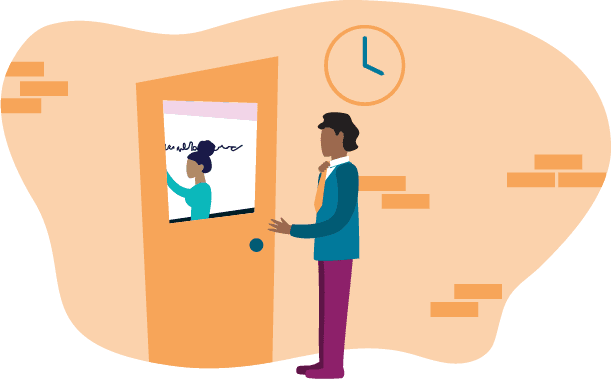
First things first: A teaching program will give you the skills to teach in your chosen grade and subject. Attending a program is one of several steps to get certified to teach.
You’ll also need to earn a bachelor’s degree, pass teaching tests and apply for certification. Depending on your state, you may have additional steps. Learn more about how to get certified.
Also, remember that states have different teaching program certification standards. If your state does not recognize your certification, you won’t be able to get your teaching certificate. Double-check that your program:

When choosing a program, first make sure that your must-haves are covered. Your teaching program should:

Hands-on experience is any teaching practice you’ll get before you get certified, like student teaching or a residency experience. As a rule, more experience is better, but quality definitely matters.
Make sure to ask programs about what hands-on experience you’ll get, including:

Your teaching program should prepare you to teach students with diverse learning styles, backgrounds and social and emotional needs. Your coursework might cover things like specific student populations or Adverse Childhood Experiences and trauma.
Ask teaching programs about how they’ll prepare you to work with diverse students, including:

Most teaching programs will set you up with a teacher mentor or coach, to help give you meaningful feedback during your student teaching or other training.
Ask prospective programs about:

This might be the hardest criteria to spot as you shop for programs. But you’ll want your program to be up-to-date on research about childhood development and serving diverse populations.
Ask programs about their improvement practices, including:
Explore teaching programs to find the right fit for you.
Once you're ready to apply, we'll help guide you through the process.
Find a teaching program that works with your unique background and interests.
